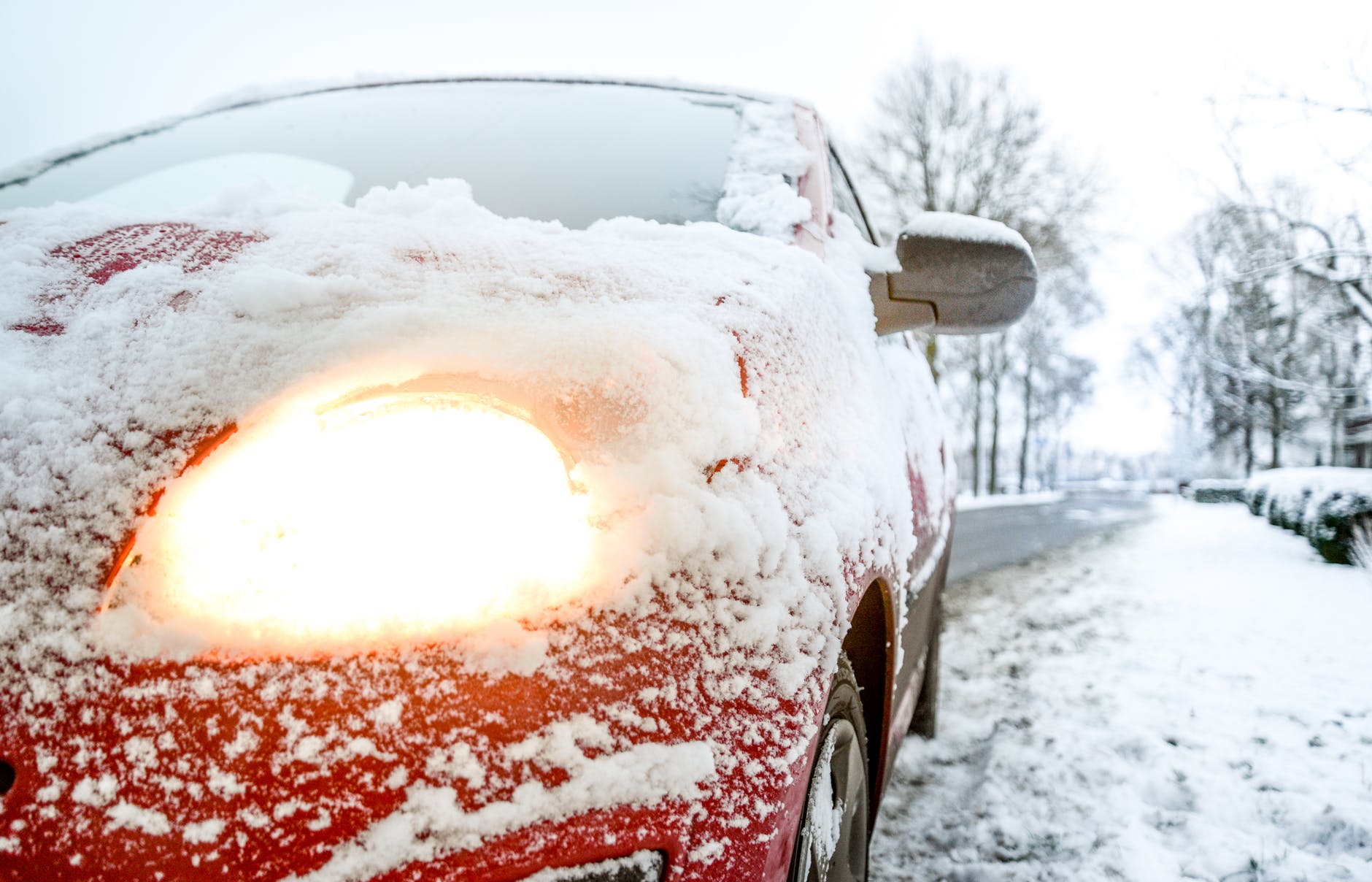
Snow: The Car Killer
Internal-combustion engines run at high speeds, so a reduction in gearing is necessary to transmit power to the drive wheels, which turn much more slowly.
The gearbox provides a selection of gears for different driving conditions: standing start, climbing a hill, or cruising on level surfaces. The lower the gear, the slower the road wheels turn concerning the engine speed.
The gearbox is the second stage in the transmission system, after the clutch. It is usually bolted to the rear of the engine, with the clutch between them.
Modern cars with manual transmissions have four or five forward speeds and one reverse, as well as a neutral position.
Synchromesh Disengaged
The gear turns freely on a bush, rotated by a meshing gear on the layshaft. The synchromesh unit splined the main shaft, rests nearby.
Synchromesh engaged
The fork moves the synchromesh towards the selected gear. Friction surfaces synchronize the shaft speeds, and synchromesh and gear lock together.
The gear lever, operated by the driver, is connected to a series of selector rods in the top or side of the gearbox. The selector rods lie parallel with shafts carrying the gears.
The most popular design is the constant-mesh gearbox. It has three shafts: the input shaft, the layshaft, and the main shaft, which run in bearings in the gearbox casing.
There is also a shaft on which the reverse-gear idler pinion rotates.
The engine drives the input shaft, which drives the layshaft. The layshaft rotates the gears on the main shaft, but these rotate freely until they are locked employing the synchromesh device, which is splined to the shaft.
It is the synchromesh device that is operated by the driver, through a selector rod with a fork on it which moves the synchromesh to engage the gear.
The baulk ring, a delaying device in the synchromesh, is the final refinement in the modern gearbox. It prevents the engagement of gear until the shaft speeds are synchronized.
On some cars, an additional gear, called overdrive, is fitted. It is higher than top gear and so gives economic driving at cruising speeds.
Synchromesh Engaged
Neutral
All the gears except those needed for reverse are constantly in mesh. The gears on the output shaft revolve freely around it, while those on the layshaft are fixed. No drive is being transmitted.
First Gear
In first gear, the smallest gear on the layshaft (with the fewest teeth) is locked to it, passing drive through the largest gear on the mainshaft, giving high torque and low speed for a standing start.
Second Gear
In second gear, the difference in diameter of the gears on the two shafts is reduced, resulting in increased road speed and lower torque increase. The ratio is ideal for climbing very steep hills.
Fourth Gear
In fourth gear, the input shaft and mainshaft are locked together, providing ‘direct drive’: one revolution of the propellor shaft for each revolution of the crankshaft. There is no increase in torque.
Reverse
For reversing, an idler gear is interposed between gears on the two shafts, causing the mainshaft to reverse direction. Reverse gear is usually not synchronized.
Synchronizing The Gears
The synchromesh device is a ring with teeth on the inside that is mounted on a toothed hub which is splined to the shaft.
When the driver selects a gear, matching cone-shaped friction surfaces on the hub and the gear transmit drive, from the turning gear through the hub to the shaft, synchronizing the speeds of the two shafts.
With further movement of the gear lever, the ring moves along the hub for a short distance, until its teeth mesh with beveled dog teeth on the side of the gear, so that the splined hub and gear are locked together.
Modern designs also include a baulk ring, interposed between the friction surfaces. The baulk ring also has dog teeth; it is made of softer metal and is a looser fit on the shaft than the hub.
The baulk ring must be located precisely on the side of the hub, utilizing lugs or ‘fingers’, before its teeth will line up with those on the ring.
In the time it takes to locate itself, the speeds of the shafts have been synchronized, so that the driver cannot make any teeth clash, and the synchromesh is said to be ‘unbeatable’.
Resources: www.howacarworks.com